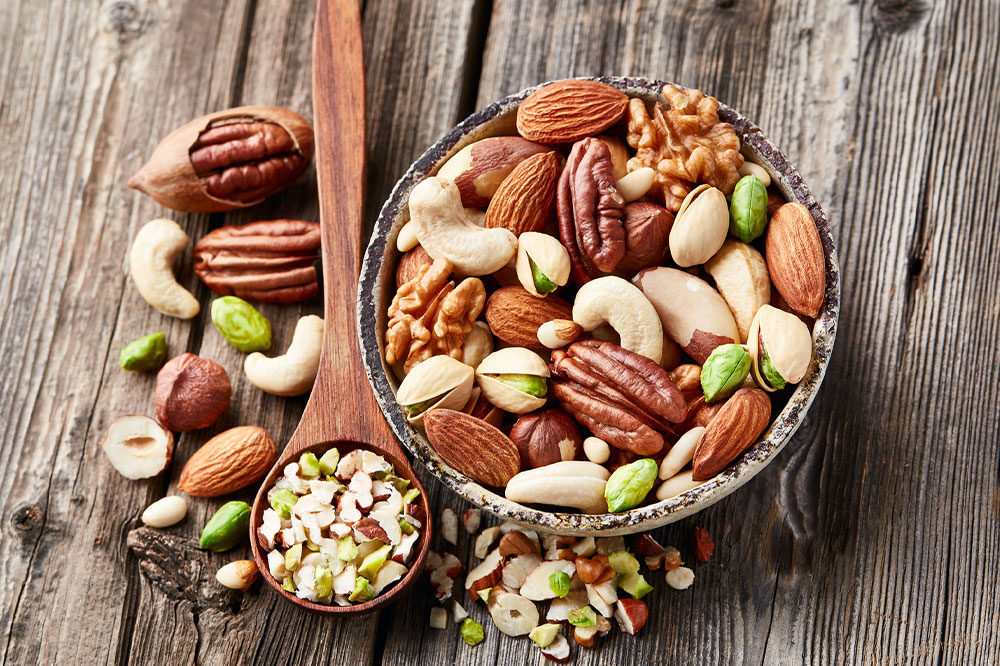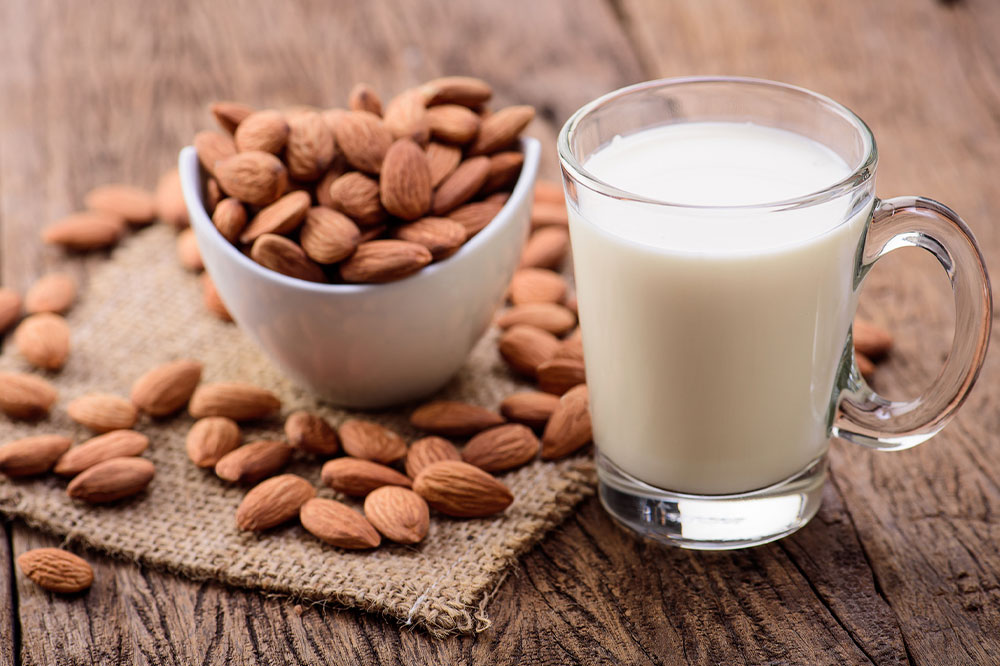
Health
7 Most Essential Vitamins to Maintain Eye Health
A person’s eyesight is probably the most important of the 5 senses. Eyes are complex organs that require different nutrients and vitamins for proper functioning. Common conditions like dry eyes, age-related macular degeneration (AMD), diabetic retinopathy, cataracts, and glaucoma, can significantly impact a person’s eyes. Though various factors might be responsible for this condition, poor or insufficient nutrition influences it the most. Here is a list of vitamins one must consume to improve eye health. Vitamin A Vitamin A has antioxidant characteristics to help reverse or slow down oxidative damage to the cells and DNA. These have a significant role in several age-related conditions. Vitamin A is crucial and one of the quintessential vitamins for eye health. It enables the eyes to yield pigments, allowing eyes to see the full spectrum of light. Vitamin A also nourishes other parts of the eye. Vitamin A deficiency causes Xerophthalmia, a condition that damages the cornea. It is also a prevalent cause of preventable blindness. People who consume less Vitamin A suffer from dry eyes. Of course, using dry eye drops is an option, but doing so won’t fix the body’s deficiencies. Thus, in addition to the dry eye drops, one must consume foods rich in Vitamin A.
Read More 













